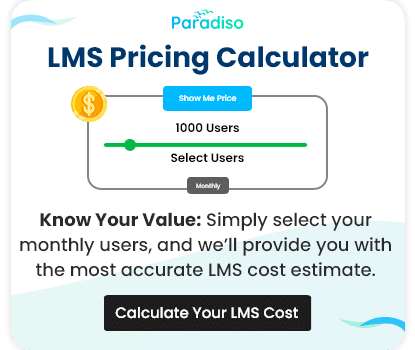Have you ever wondered how to enhance member engagement while streamlining your operations seamlessly? Integrating your Association Management Software (AMS) with a Learning Management System (LMS) might be your necessary game-changer. Imagine offering your members a one-stop platform where they can manage their membership details and access tailored learning opportunities without the hassle of multiple logins or disjointed systems.

We have
something for you!
Are you still figuring out which LMS is the best? Grab the chance to explore the LMS Buyer's Guide and get started.











